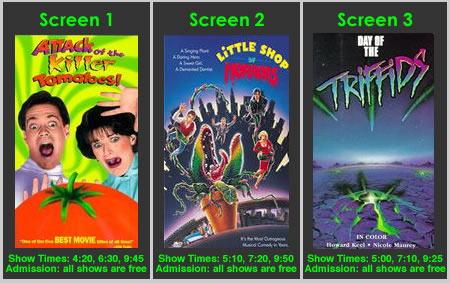Plants-In-Motion
Watch plants do amazing things and learn some interesting stuff while you are at it! Created for nonprofit educational use Although our lives depend on plants for virtually everything that keeps us alive (oxygen, food, fibers, lumber, fuel, etc), the lives of plants remain a secret to many people. The reason is simple - plants live on a different time-scale from ours. Compared to the relatively hyperactive activities of humans, plants do not appear to do much but they are actually in constant motion as they develop, respond to environmental stimuli, search for light and nutrients, avoid predators, exploit neighbors, reproduce, etc. Time-lapse photography allows us to see the movements of plants and clearly demonstrates that plants are living organisms capable of some extraordinary things. Time-lapse photography is done by capturing a series of images at intervals ranging from seconds to hours apart. When the images are viewed in rapid succession the effect is to compress into a short period the changes that occurred over a relatively long period of time. The movies on this site show a variety of plants living out their dynamic lives. The movies on this site will hopefully captivate the interest of budding plant biologists but many of them should also be of interest to the seasoned plant biologists. New movies will be added to the site occasionally but making time-lapse movies requires time, patience, and some luck so the rate at which new movies will appear is unpredictable. Hopefully you will enjoy the material that is available now. This site is provided as a resource for nonprofit educational use. Feel free to include a link to this site (http://plantsinmotion.bio.indiana.edu) on your web page or make a copy of movies for in-class presentations. However, copies of the movies may not be included on other web sites. In some circumstances, "for-profit" use may be arranged. The rights to the contents of this site belong to Roger P. Hangarter and Indiana University unless otherwise indicated. Support for creating the material on this site has
been provided by �2000 Roger P. Hangarter and Indiana University. All rights reserved. |

